5 Days in Costa Rica What to Do
Famous for its long coastlines, both Caribbean and Pacific, its stunning natural beauty, its friendly locals, and excellent health care, Costa Rica is the original retire-overseas destination. Well-established expat communities are scattered across the country. Connecting North and South America, Costa Rica is bordered by Nicaragua to the north and Panama to the south. Its location blesses the country with a tropical climate and endless beaches, jungles, and mountains to explore. It's not hard to see why Costa Rica is a popular destination for retirees. Here, you can live an active, sunshine-filled life, combined with a relatively cheap cost of living and all of the perks of a thriving economy and a democratic government.
Since gaining independence from Spain in 1821, Costa Rica has had a peaceful history. Throughout the 19th century, the coffee industry transformed Costa Rica into a prosperous, contemporary country, creating strong connections to its markets in Europe. Costa Rica's capital San José was one of the first three cities in the world to have electricity.
Nowadays, tourism has overtaken Costa Rica's agricultural industries—coffee, bananas, and pineapples—as the country's biggest money earner. Since the 1980s, the Costa Rican government has focused on creating incentives to attract American expats. In July of 2021, a law was passed that lowered the minimum investment to achieve Costa Rican residency to US$150,000, introduced 100% tax exemptions on imported vehicles and household goods, and zero tax on any money earned abroad. These incentives, the country's incredible biodiversity, breath-taking nature, and tropical climate make for an ideal retirement destination for U.S. expats.
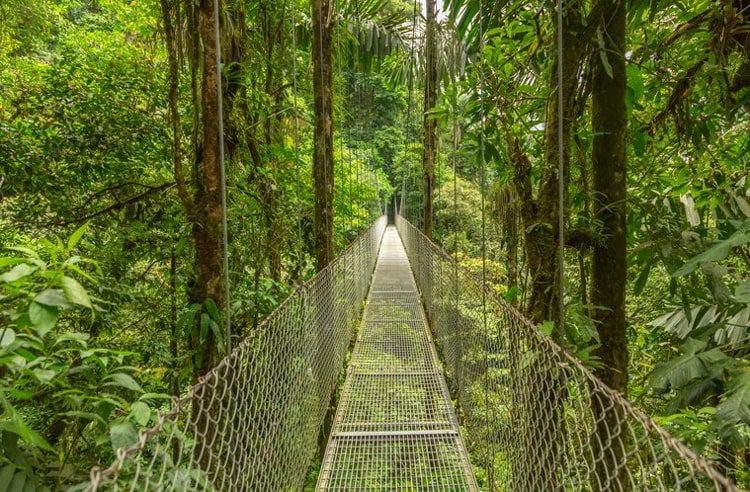
Living In Costa Rica
Costa Rica is a top retirement destination for lovers of the outdoors. With over 1,000 kms of coastline, Caribbean to the east, Pacific to the west, mountains, jungles, and even volcanoes, Costa Rica has endless nature to enjoy.
Costa Rica's tropical climate varies considerably depending on what region you find yourself in. The Pacific side has a hot and dry climate; the Caribbean side is more humid and warmer; meanwhile, up in the highlands, it's rainier and cooler.The dry season stretches from December to April, while the wet season lasts from May to November. This seasonality is welcome in the tropics, as Costa Rica's neighboring countries can be overwhelmingly humid.
Unfortunately, infrastructure in Costa Rica has lacked development and funding in the past, leading to many of the roads, railways, and ports being left in poor conditions. In May of 2021, president Carlos Alvarado announced a huge scheme to improve Costa Rica's road networks, bridges, and public transportation. This scheme should make it faster and easier to commute across the country.
Costa Rica has a long history with American expats. There are well-established expat communities to connect with and plenty of English speakers here. In saying that, we always recommend learning a little bit of the local lingo, as you won't experience full immersion into the country without being able to chat with the locals. Costa Ricans are extremely friendly and welcoming, with a laid-back attitude to life.
In terms of crime, Costa Rica regularly comes out on top for the safest country in the Caribbean and Central America. Living in Costa Rica requires the usual precautions against theft: Be cautious at night time and keep all of your belongings in sight at all times.
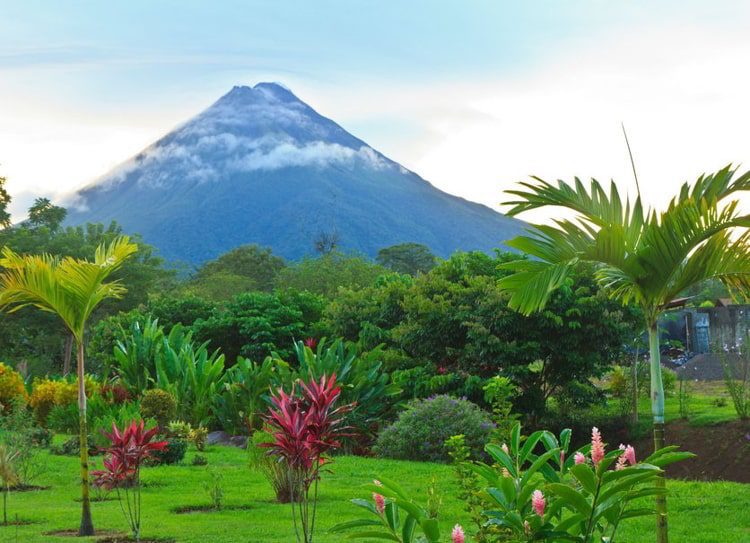
Cost Of Living In Costa Rica
Costa Rica has been welcoming expats for over four decades. Over this time, the cost of living has crept up. Prices of real estate, rent, and groceries in popular expat destinations are significantly more expensive than other countries in Central and South America.
Owning a car is one of the biggest costs. Although public transport is available, many expats see having your own car as essential. Imported Western food is also costly. If you are on a budget, better concentrate on sourcing locally grown food, which is both delicious and nutritious. Despite these surprisingly high costs, tax exemptions and other incentives guarantee a much lower cost of living for a better quality of life than in the States.

Health Care In Costa Rica
Costa Rica boasts one of the most advanced health care systems in Latin America. Offering universal health care to all citizens and permanent residents, expats have a choice between public and private health care. The public health care system is run by the Caja Costarricense de Seguro Social, commonly referred to as the Caja. Fifteen public hospitals operate under the Caja, offering citizens and permanent residents excellent health care across the country. Smaller clinics where check-ups and minor medical examinations take place can be found in all the country's towns.
The private health care system is constantly upgrading, with state-of-the-art facilities and experts available in every field. Expats often opt for the private system as insurance is relatively cheap and most doctors speak English.
Costa Rica is quickly becoming a popular medical tourism destination because of its high standards and comparatively low costs for care. Costa Rica also excels in private dental treatments.
Getting To Costa Rica
Several U.S. cities have direct flights to Costa Rica's four international airports. Juan Santamaría International Airport, 20 kms west of the country's capital, San José, is the country's busiest airport. From here you can use the public bus system, taxi, or rent a car to get to your final destination.
You have multiple options for transporting all of your stuff to your new home. Sending your stuff by plane is the fastest option, but notably more expensive. Have a look at our video on what to do with your stuff to get all the tips you need when moving your life overseas.
Best Places To Live In Costa Rica
Atenas
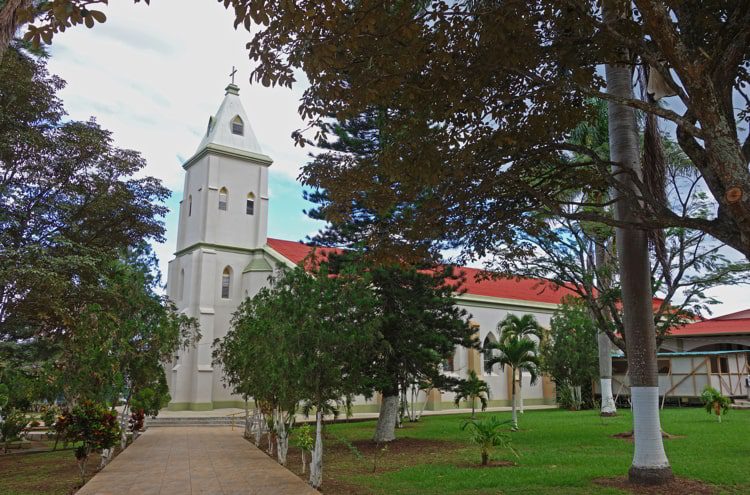
This unsuspecting mountain town has become a popular retirement destination for American expats. One of the perks of choosing to settle in Atenas is its location. Atenas sits halfway between the country's capital, San José, and the Pacific coastline. This offers inhabitants the best of both worlds, with quick access to hospitals, airports, and other amenities, while also being a short drive away from tropical coastline.
Atenas slogan is "the best climate in the world," which may be true. The climate in Atenas is mild, thanks to the town's elevation of 698 meters above sea level. Temperatures range from 20°C to 30°C (68°F to 86°F) year-round, meaning air conditioning and heating are not needed.
San Ramón
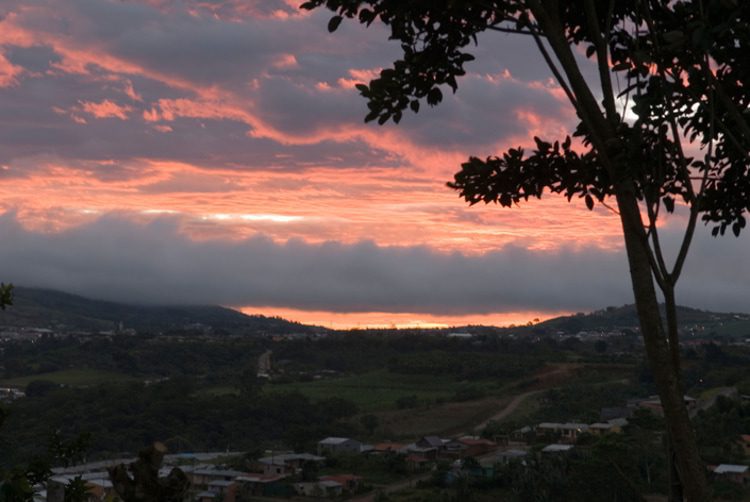
Pura vida…. or pure life is how one could describe living in San Ramón. This phrase is popular amongst Costa Ricans and is used to express their gratitude for a peaceful life spent with family and friends. San Ramón, located in the Alajuela Province near the country's capital San José, is the perfect retirement destination for those seeking a laidback, pura vida retirement.
San Ramón has one of the coolest climates in Costa Rica, with a fresh breeze creating an enjoyable ambience throughout the town. It's also one of the cheapest expat destinations in Costa Rica, with prices low enough to comfortably live off your social security check alone. San Ramón has lots of activities for the active retiree. Surrounded by nature reserves, and with Pacific coastline within a 45-minute drive, adventure awaits in San Ramón.
Tamarindo
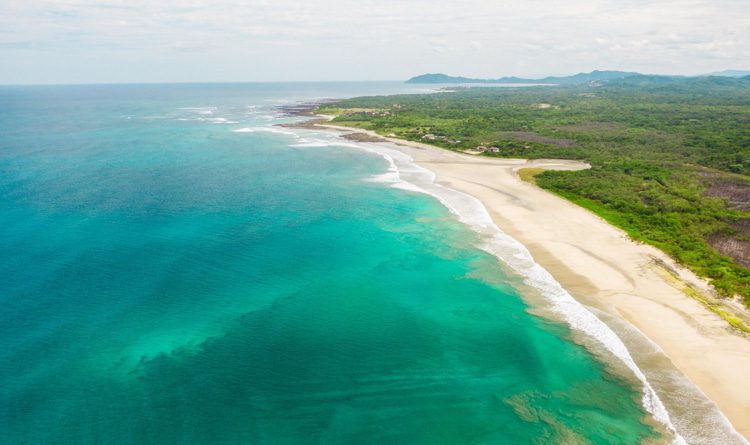
Located along Costa Rica's Gold Coast, Tamarindo boasts a 2-mile stretch of golden sand and turquoise waters. Tamarindo developed from a small fishing town to one of the most popular spots along the Costa Rican coast for expats and tourists alike.
Tamarindo originally gained popularity because of its excellent surf conditions. This attracted a vibrant surf crowd, which eventually developed into a bustling expat haven. Tamarindo has everything you need to live a healthy, active retirement: surf schools, yoga studios, seaside restaurants, and more.
5 Days in Costa Rica What to Do
Source: https://www.liveandinvestoverseas.com/country-hub/costa-rica/